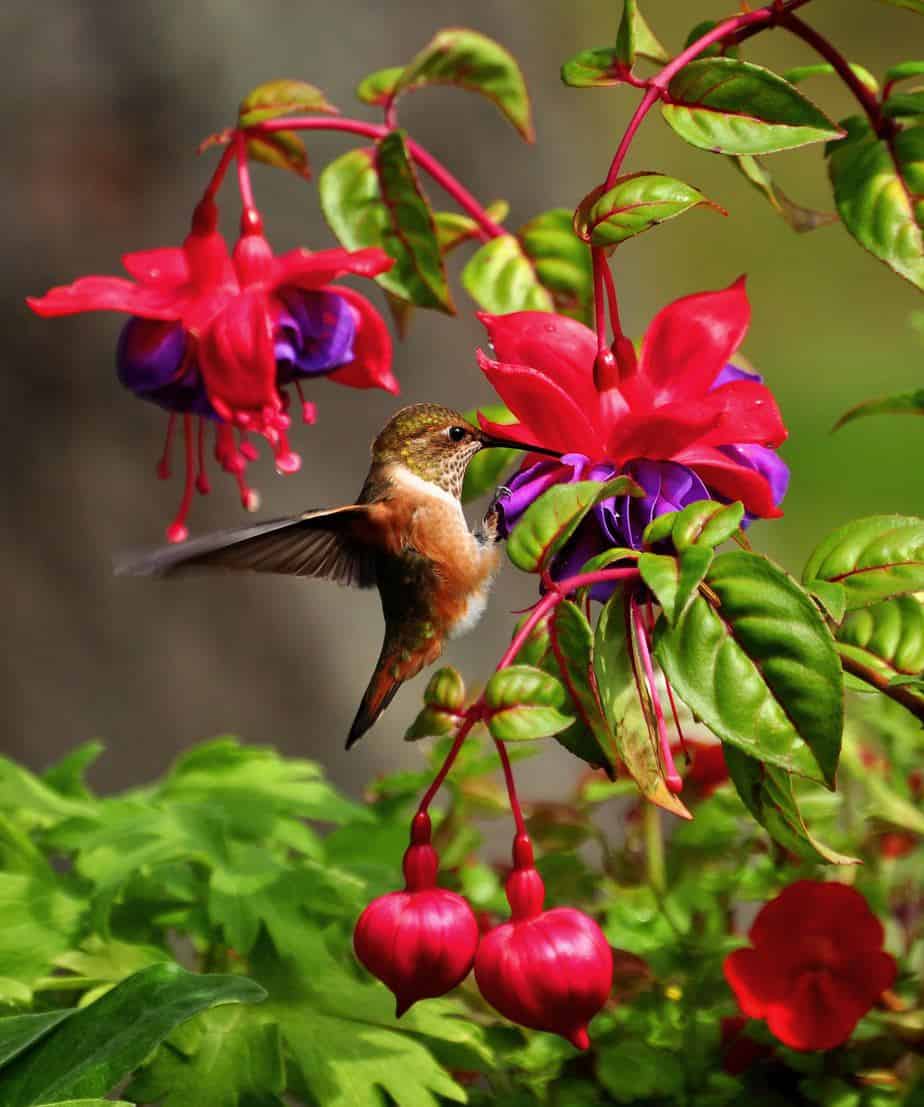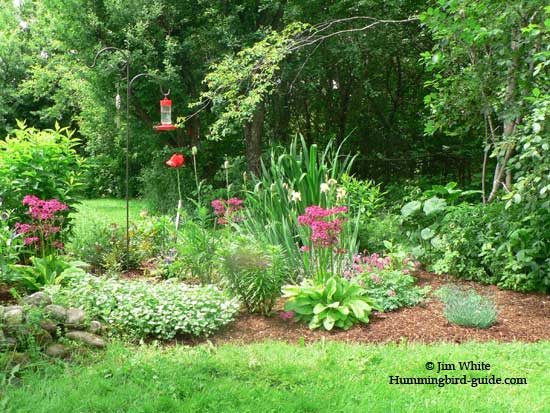How to Attract Hummingbirds to Your Garden

Imagine your garden as a bustling metropolis for hummingbirds—a vibrant, colorful haven where these tiny, iridescent creatures flit from flower to flower, their wings beating like tiny, invisible propellers. If you're a birdwatching enthusiast or simply enjoy the beauty of nature, learning how to attract hummingbirds to your garden can transform your outdoor space into a magical sanctuary. Let's dive into the world of hummingbirds and discover the secrets to making your garden their favorite destination.
Understanding Hummingbirds: The Basics
Before we delve into the specifics of how to attract hummingbirds to your garden, it's essential to understand these fascinating birds. Hummingbirds are known for their incredible speed and agility, with some species capable of flapping their wings up to 80 times per second. They are also the only birds that can fly backward, making them true aerial acrobats.
Hummingbirds have a high metabolism and need to consume large amounts of nectar to sustain their energy levels. This makes them particularly attracted to gardens that offer a rich supply of nectar-producing plants and feeders.
Creating a Hummingbird-Friendly Garden
Choosing the Right Plants
The key to attracting hummingbirds to your garden lies in selecting the right plants. Hummingbird-friendly plants are typically brightly colored and produce abundant nectar. Some of the best choices include:
- Trumpet Vine (Campsis radicans): This vigorous climber produces stunning orange or red trumpet-shaped flowers that hummingbirds adore.
- Bee Balm (Monarda didyma): With its vibrant red, pink, or purple flowers, bee balm is a magnet for hummingbirds.
- Salvia (Salvia spp.): This genus includes a wide variety of plants with colorful, tubular flowers that are perfect for hummingbirds.
- Honeysuckle (Lonicera spp.): The sweet-smelling, trumpet-shaped flowers of honeysuckle are irresistible to hummingbirds.

Installing Nectar Feeders
In addition to planting hummingbird-friendly plants, installing nectar feeders can significantly increase your chances of attracting these birds. Nectar feeders come in various shapes and sizes, but the most important feature is that they are easy to clean and refill.
To make your own hummingbird nectar, mix one part white granulated sugar with four parts water. Avoid using honey, artificial sweeteners, or red dye, as these can be harmful to hummingbirds.
Garden Design Tips
Designing your garden with hummingbirds in mind can make a big difference in attracting them. Here are some tips to consider:
- Color: Hummingbirds are particularly drawn to the color red. Incorporate red flowers and feeders to catch their attention.
- Variety: Plant a mix of annuals, perennials, and shrubs to provide a continuous supply of nectar throughout the growing season.
- Water Features: Hummingbirds are attracted to water, so adding a birdbath or small fountain can be a great way to entice them.
- Perches: Provide perches, such as small branches or trellises, where hummingbirds can rest and survey their territory.
Timing Your Garden for Hummingbird Migration
Hummingbird migration is a fascinating phenomenon that occurs twice a year. In the spring, hummingbirds migrate north to their breeding grounds, and in the fall, they return south to their wintering areas. Understanding the migration patterns of hummingbirds can help you time your garden planting and maintenance to coincide with their arrival.
For example, in North America, Ruby-throated Hummingbirds typically arrive in the southern United States in late February or early March and reach the northern states by May. By planting early-blooming flowers and setting up feeders in the spring, you can provide a welcoming environment for these migrating birds.
The Joy of Birdwatching
Attracting hummingbirds to your garden is not just about creating a beautiful outdoor space; it's also about the joy of birdwatching. Observing these tiny, energetic birds as they dart from flower to flower can be a mesmerizing experience. Whether you're a seasoned birdwatcher or a beginner, the thrill of spotting a hummingbird in your garden never gets old.

Conclusion
Transforming your garden into a hummingbird haven is a rewarding endeavor that brings beauty and life to your outdoor space. By choosing the right plants, installing nectar feeders, and designing your garden with hummingbirds in mind, you can create a sanctuary that these fascinating birds will love.
So, are you ready to turn your garden into a hummingbird paradise? The journey begins with a single flower and a little bit of nectar. Embrace the magic of nature and enjoy the delight of attracting hummingbirds to your garden.
FAQs
What is the best time of year to attract hummingbirds?
- The best time to attract hummingbirds is during their migration periods in the spring and fall. However, maintaining a garden with nectar-producing plants and feeders year-round can attract resident hummingbirds and provide a consistent food source.
How often should I clean my hummingbird feeders?
- It's recommended to clean your hummingbird feeders every 2-3 days, especially during hot weather, to prevent mold and bacteria growth. Use a solution of one part white vinegar to four parts water to clean the feeders thoroughly.
What other types of birds might be attracted to my hummingbird garden?
- In addition to hummingbirds, your garden may attract other nectar-loving birds such as orioles, tanagers, and finches. These birds are also drawn to brightly colored flowers and can add to the diversity of your garden's avian visitors.
Can I use artificial sweeteners in my hummingbird nectar?
- No, artificial sweeteners should not be used in hummingbird nectar. They lack the necessary nutrients that hummingbirds need and can be harmful to their health. Stick to a simple mixture of one part white granulated sugar to four parts water.
How can I make my garden more attractive to hummingbirds during the winter?
- In regions where hummingbirds overwinter, you can attract them by planting winter-blooming flowers such as mahonia, winter honeysuckle, and winter-flowering jasmine. Additionally, maintaining nectar feeders and providing shelter can help attract and support hummingbirds during the colder months.
0 Response to "How to Attract Hummingbirds to Your Garden"
Post a Comment